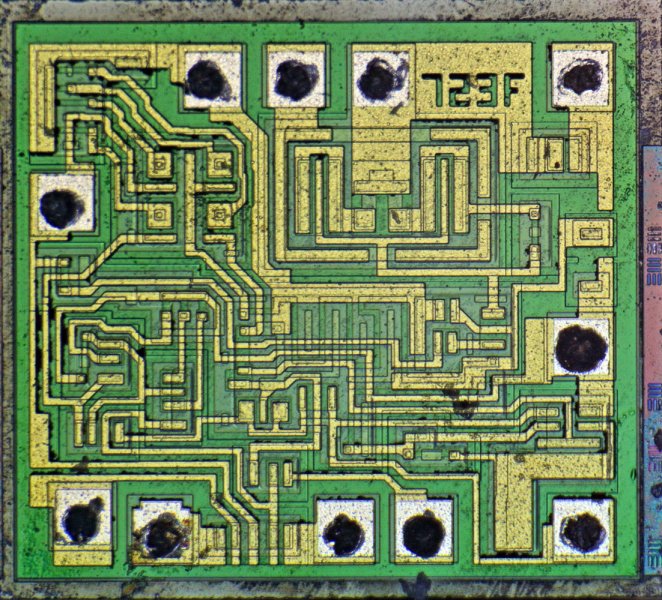It shocks some people (bad pun) to learn just where the currents pass in any circuit. They always make a lot of assumptions, which aren't really right. These details make a big difference in the performance of any kind of circuit. That's true for any circuit much more complicated than a flashlight. Being able to probe a circuit with the click of a mouse is really valuable and a blessing.
Your are a wizard level engineer
Modeling *can* be good. BUT. As I am sure you know, it can also be deceiving and like AI can hallucinate. Its hard to model ALL the parameters of everything. I donno, I guess i am just old and crazy, hahaha.. I have made my own audio gear of course, I am crazy enough that I LISTEN to the power supply lines and listen to various sections and spots in circuit. A poly cap and a attentuator and/or op=amp and I hook that to a balanced input on a audio rig and listen. This can be very insightful.
Of course, this really is only accurate when you add the little things into the simulation that are often just ignored to make analysis simpler. Factors like parasitic R's, L's, and C's for example. The engineering assumptions and simplifications that are usually ignored in the first place often continue to get ignored even with computer simulation, where adding a part is a couple mouse clicks away. That's the curse. Simulation of an over-simplified circuit isn't really much help.
Amen...
The thing is, is it even possible to really model EVERYTHING..
I guess I'd say that computer simulation can make an already good engineer better and give her or him more insight. My strong belief is that it's better to understand what's going on for the first, second, and third order effects of a circuit and getting those right first. Computer simulation speeds that process up and lets you do analysis that you'd otherwise skip because it's too time consuming and painful.
I've driven the bus for this thread kind of into the ditch, so I'll stop now.
What i have seen is that humans tend to do what is easiest. Modeling makes a lot of the really hard stuff way less work and a reasonable outcome is produced. It might also be a tad blinding tho. There are some killer sound audio circuits that look horrible as a model.
I try and do circuits/layouts that are simple enough, modeling is really not that important. Mostly then using my ears.
But yes, on stuff at RF frequencies, modeling is a huge important step. I have no idea how they used to get 1Ghz bandwidth systems without modeling. Looking at the Tek scope circuits is just stunning. These were seriously good engineers. Looking at spectrum analyzers from the era before modeling is just jaw dropping.. It has taught me that this stuff, even RF, can be done without modeling. BUT, at a huge cost in labor.
Well... Your fun





